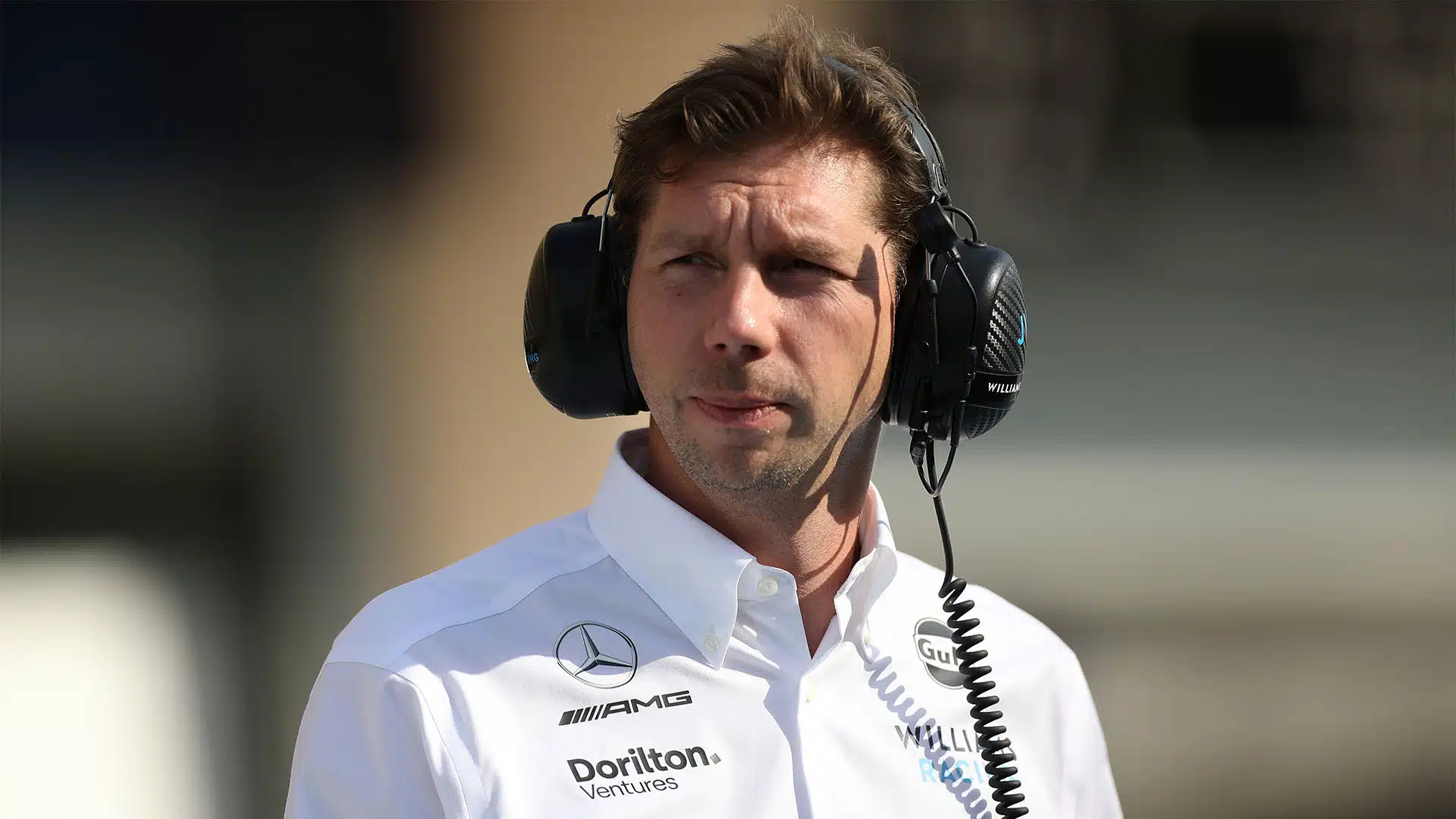The aero package implemented in 2022 aimed to facilitate easier overtaking by enhancing the ability to follow other cars, but after three years of development, drivers are experiencing increased difficulty due to dirty air disrupting airflow and hindering close racing.
Expressing his skepticism, Mercedes technical director James Allison questioned the effectiveness of the current regulations in managing wake turbulence, likening it to a futile endeavor. The issue of encouraging overtaking will be revisited in the 2026 rules, which are still under discussion.
In response to inquiries about potential changes for the final season under the current regulations in 2025, Mercedes strategist James Vowles emphasized that labeling the regulations as a failure would be unjust.
Despite challenges, the midfield competition remains fierce, with instances of overtaking observed. However, advancements in car development by leading teams have inadvertently made it more challenging to trail closely behind due to increased downforce generation.

Acknowledging Vowles’s perspective, Aston Martin team principal Mike Krack echoed the sentiment that the current regulations are not a complete failure despite acknowledging the dominance of certain teams.
He highlighted the anticipation for the forthcoming regulations while underscoring the importance of early access to the 2026 rules to facilitate thorough preparation, even though aerodynamic work cannot commence until January 1, 2025.
Krack emphasized the significance of receiving the initial regulations by the end of June to allow teams sufficient time to adapt to the forthcoming changes in car architecture, weight targets, and tire specifications. The early availability of regulations would enable teams to adequately prepare for the transition and mitigate potential delays in the development process.
Also read: Vowles Clarifies: Albon’s Commitment to Williams Extends Through F1 2025

